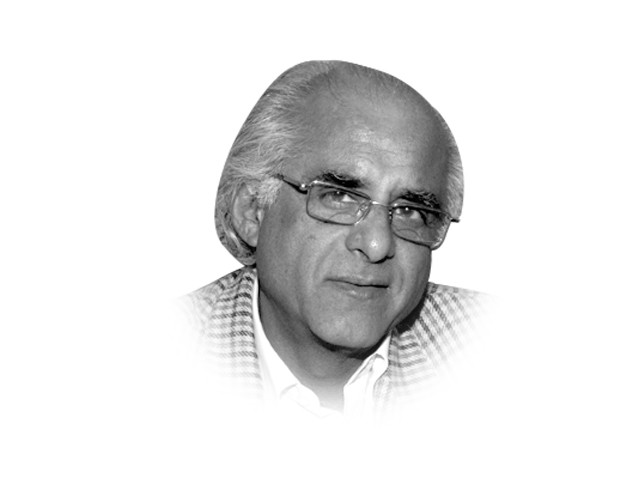Place names — II
Pakistani travel writers lack the background knowledge to write about their travels, end up destroying history.

Pakistani travel writers have no background knowledge of the places they pretend to be writing about and, therefore, their work is of no greater substance than the essay written by a grade five student on how he/she spent the summer vacations. Since readers of Urdu travel writing too are completely ignorant about their country, the rubbish that the writer spews out at them is taken as ‘knowledge’. One Urdu writer is a master of destroying place names.
In the Karomber river valley north of Ishkoman (northwest of Gilgit), there is a place that most people now refer to as Sokhtarabad. If the so-called travel writer who first wrote of this name in his book had ever seen a Victorian era map or read, at least, one travel account of this area, he would have known better. The place in Victorian references and maps is called Sokhta Rabat.
The name means ‘burnt-out inn’. Surely at some bygone time, there was, at this very spot, a caravanserai. These travellers journeyed between Wakhan and Ishkoman (sometimes as far as Gilgit) over the Khora Bhort Pass bringing with them furs, leathers and dairy products. In recent times, they went home with wheat flour, kerosene oil and textiles. In 1990, I learned that the travel had continued into the 1980s when Soviet occupation of Wakhan put an end to it.
My informant, a right venerable gentleman called Shah Fakir, told me he had not seen the inn. He had, however, heard of it from his elders. He presumed the inn would have been burnt to the ground by a lightning strike. He was not sure however.
Now, the name Sokhta Rabat concealed a truly intriguing bit of history. Any travel writer worth the salt would have discussed the travel route, the trade that came by it and would have marvelled on the destruction of the inn. But for that, background knowledge was necessary which is non-existent among the crop of so-called travel writers.
This writer also writes of a mountain called Shah Gori, and, sexist as he is, likens it to a fair maiden. Because the rubbish he periodically churns out receives wide readership, there are thousands of yahoos (only they read his work) who actually believe that the real name of K-2 is Shah Gori — roughly translatable as ‘fair-skinned princess’.
The name that the people of Baltistan gave K-2 long before the first western explorer and map-maker arrived in this region was Chhogho Ri — Great Mountain. Towering far above every other snow-laden peak, the mountain was given as apt a name as possible. Here it was, visible from afar from so many vantage points frequented by shepherds and hunters, flying its plume of spindrift in the 150 knot winds that whipped its virgin crest. Blindingly white in the midday sun, it would turn the colour of burnished gold as the hunter on a distant ridge gathered up his bow and quiver and humped the ibex he had bagged just as the sun readied to dip below the western crags. Not wrongly did they, who live beneath it, call it Chhogho Ri.
Next to this giant was the beauty they called Chhogho Lingtza — Great Hunting Ground — a name corrupted by Europeans to Chogolisa. Surely, in a mild summer, a Balti hunting party having ventured the harrowing trek up the Baltoro Glacier would have arrived here to find a large herd of ibex. For the men of this group, the dazzling pyramid of pristine snow and ice forever became Chhogho Lingtza.
Along came an ignoramus feigning scholarship as the country’s foremost travel writer and changed the name to Mona Lisa. Plato certainly was drastic in his verdict against the corruption of knowledge, especially with reference to travel writers. But there was great wisdom in his words. Since death to such mendacious writers is not the norm now, the work must be exposed as the sham it is.
Published in The Express Tribune, September 3rd, 2011.














COMMENTS
Comments are moderated and generally will be posted if they are on-topic and not abusive.
For more information, please see our Comments FAQ